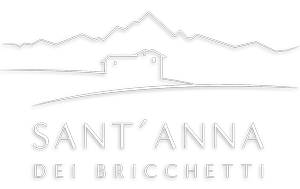The hills and slopes of the Monferrato are within the provinces of Asti and Alessandria, between the River Po in the north and the Ligurian Apennine Mountains in the south. According to legend, the Monferrato’s land corresponds with the land that Prince Aleramo of the Franks was able to travel on horseback without stopping, marking the territory with a brick (mun, in Piemontese) commonly used to shoe (frà) horses.
In 2014 the wine landscape of Monferrato, together with Langhe – Roero, has been recognized by UNESCO as World Heritage.

